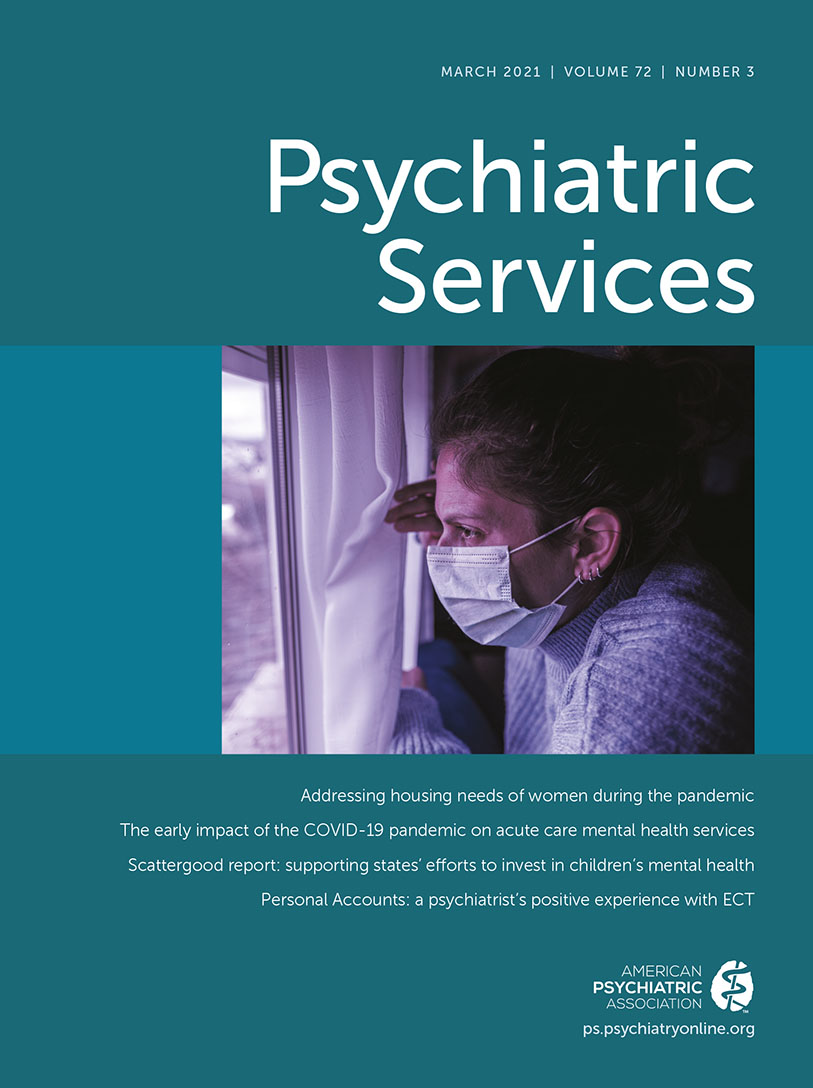Implementation of a Community-Partnered Research Suicide-Risk Management Protocol: Case Study From Community Partners in Care
Abstract
Objective:
Suicidality is common among participants in clinical trials and health services research, but approaches to suicide risk assessment and mitigation vary widely. Studies involving vulnerable populations with limited access to care raise additional ethical concerns. The authors applied a community-partnered approach to develop and implement a suicide-risk management protocol (SRMP) in a depression study in an underresourced setting in Los Angeles.
Methods:
Using a community-partnered participatory research framework, the authors designed and adapted the SRMP. Qualitative data regarding SRMP implementation included notes from SRMP development meetings and from study clinicians conducting outreach calls to study participants. Analyses included baseline and 6- and 12-month telephone survey data from 1,018 enrolled adults with moderate to severe depressive symptoms (8-item Patient Health Questionnaire score ≥10), of whom 48% were Black and 40% Latino.
Results:
Community stakeholders prioritized a robust SRMP to ensure participant safety. Features included rapid telephone outreach by study clinicians in all cases of reported recent suicidality and expedited treatment access. Using a suicidality timeframe prompt of “in the past 2 weeks,” endorsement of suicidality was common (15% at baseline, 32% cumulative). Midway through the study, the SRMP was modified to assess for present suicidality, which reduced the frequency of clinician involvement. Overall, 318 outreach calls were placed, with none requiring an emergency response. Treatment referrals were provided in 157 calls, and outreach was well received.
Conclusions:
SRMP implementation in research involving underresourced and vulnerable communities merits additional considerations. Partnering with community stakeholders can facilitate the development of acceptable and feasible SRMP procedures.



